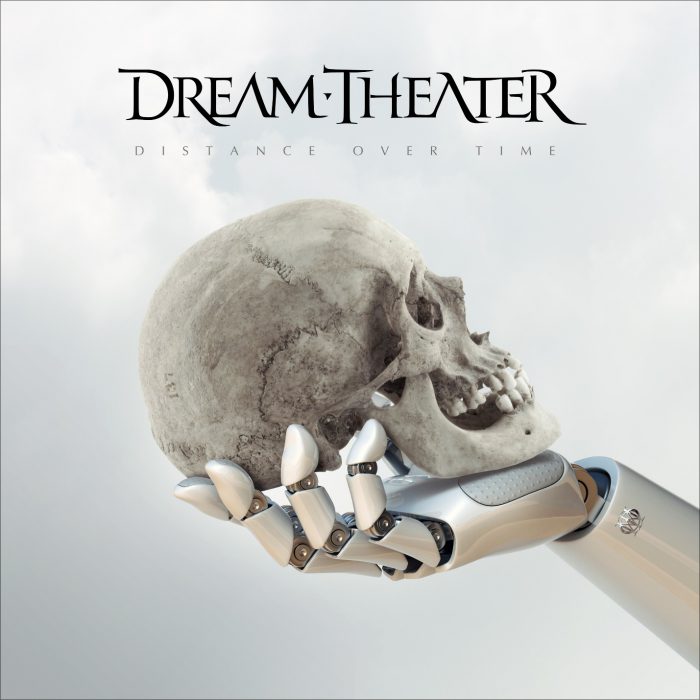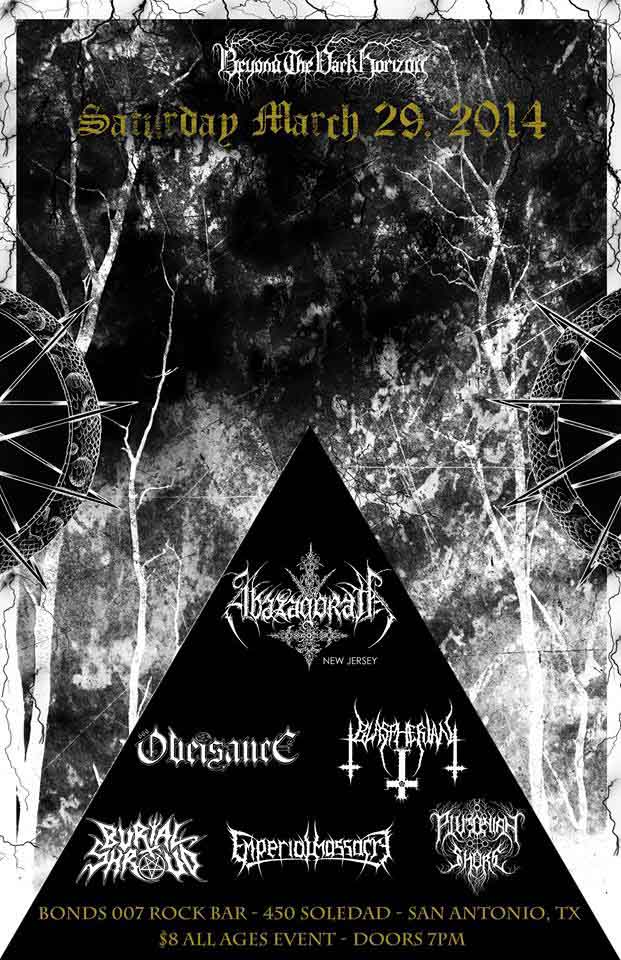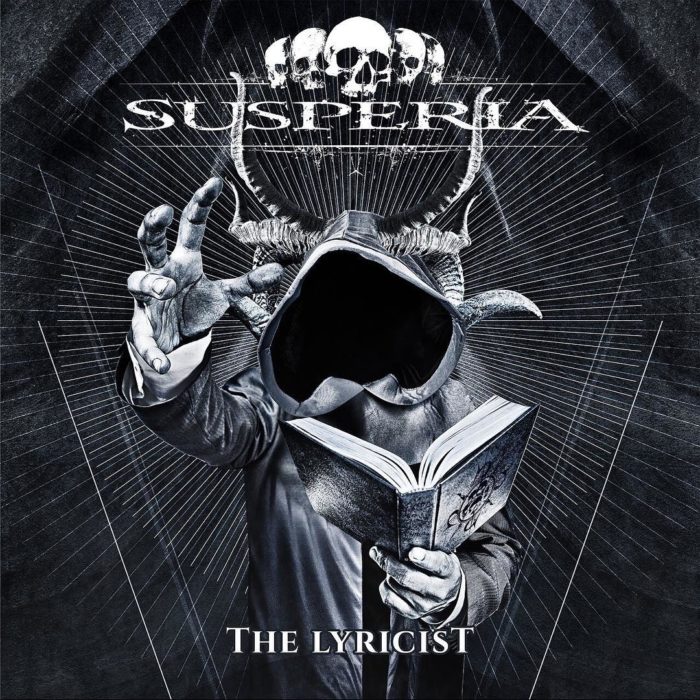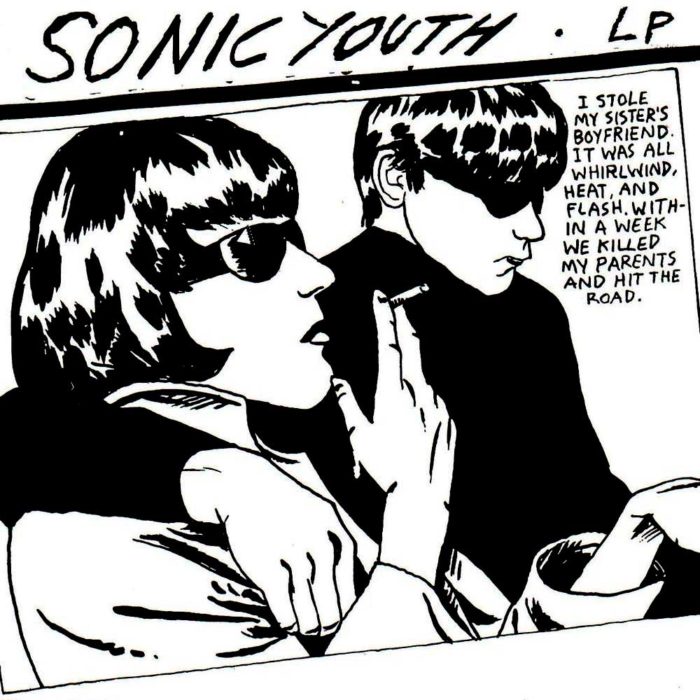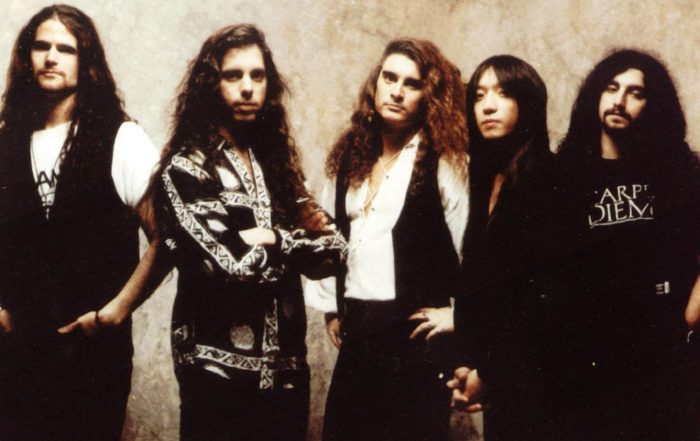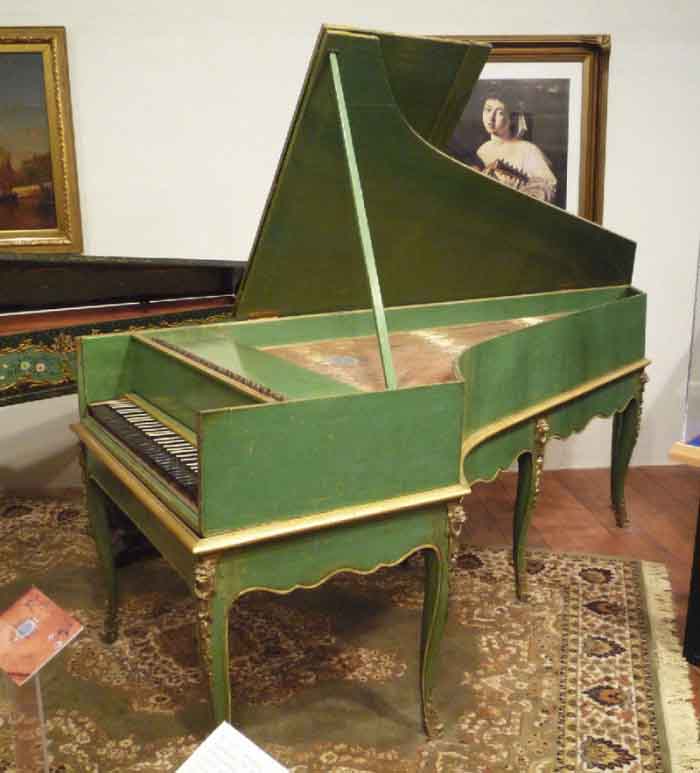
Article by David Rosales, 3rd installment of a 7 part series
The word “artificial” denotes anything that is made by man, and which would not otherwise occur in the natural world. Likewise, anything that is “natural” is something that belongs to nature, not a conscious product of human design. Art itself is artificial, as its name suggests, and this very definition has lead modernist artists to trip catastrophically into the pitfall of abstract thought: confusing reality with its verbal definition.
The premise of modernist art is that since all art is artificial, then it should not matter how far away from natural human perception we take the art. The idea appears to be logical, at least on the surface, but it has mislead generations of artists who ending producing worthless (but “interesting”) garbage. Alas, logic is not enough to make an idea compatible with reality, and incorrect or incomplete premises and assumptions will invariably lead to flawed conclusions. The mistake here lies in ignoring the premise that while everything that is produced by humans is artificial, the consumer is only a natural organism, which only has natural means of achieving this consumption or utilization. This can be said of anything that our species makes use of: chairs are made so that our bodies are comfortable, food is prepared in all sorts of way but it must have a degree of compatibility with our body lest it be inedible, etc. Everything that an organism will consume, utilize or interact with must have a certain degree of natural compatibility with the organism in question.
This can be said about more things than the most obviously physical. The mind itself must arise from the same “physical” universe, albeit at a different level of differentiation which science only partially understands. The human mind itself has its own tendencies and limitations that are independent of nurture, and in turn the input faculties also lie within a particular range. Furthermore, not only is there a limited degree in which they are useful at all, there are degrees to which each of these is beneficial or detrimental to the healthy growth of mind and body, which are two sides of the same coin.
Now, if sensory limitations were the only obstacles, then the second line of modernist arguments would be triumphant; they argue that one needs only be repeatedly exposed to the experience of modernist art so that the ear gets used to it and accepts it. This is admittedly true, since the human body can accept all sorts of torture. It can even take pleasure in things which are unwholesome or detrimental to it when they are designed to interact with natural receptors. Modernist art goes the other way and avoids these natural receptors, thereby coming up with an altogether incompatible interface.
The mind, the subconscious, however, has its own nature (by which is meant that it is made for a very specific range of activities and consists of a very specific range of abilities: pattern recognition, narrative, etc), and brain plasticity is not infinite. We are products of this world, and as such our mind naturally reacts to certain input in a certain way. Hence, art that attempts to be unnatural is not truly appreciable or perceivable as spiritual, as traditional art would. It can only be interpreted in a cerebral manner and perceived in waves of shock.
Western classical art has traditionally been about the connection of the human being with the divine: his own higher nature as an extension of the natural order of the universe in which it becomes an individual for a single cosmological moment only to return to the whole. Modernism, then, is not a classical art. Modernist music is not classical music. It is not because it rejects natural avenues and instead argues for an ultra-natural, ultra-sensory experience that produces rationalizations.
To close this topic, we can liken this distinction between classical and modernist art to the difference between the traditional esoterism of the ancients in which multiple meanings were layered in symbols and rituals aimed at revealing actual information to the thelemic magick of Aleister Crowley, which placed value on the experience rather than the actual content. The classical is holistic and self-contained, the modernist takes needs arguments and justifications to appear to have any value at all.
13 CommentsTags: analysis, classical music, modernism, modernist art, Philosophy, pop music
